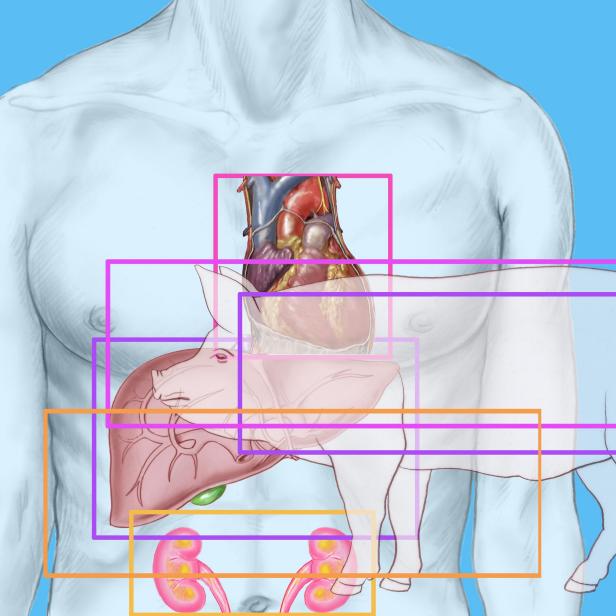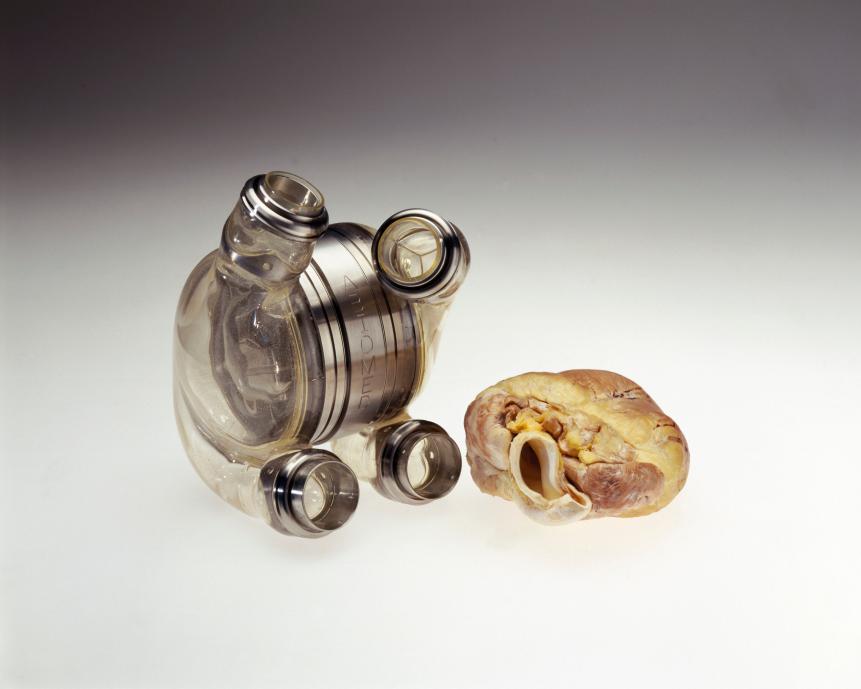
BSIP
The First Person to Receive a Heart Transplant from a Pig Survived 2 Months
After the U.S. man received the first successful transplant of its kind, a Maryland hospital reported his death today.
Two months after the groundbreaking surgery, David Bennett, the first person to receive a heart transplant from a pig has died.
Doctors at the University of Maryland Medical Center did not give Bennett’s exact cause of death– only that his condition had begun deteriorating several days before his passing.
“We are devastated by the loss of Mr. Bennett. He proved to be a brave and noble patient who fought all the way to the end,” Dr. Bartley Griffith, who performed the surgery, said in a statement.
For decades, doctors have studied the possibility of using animal organs for life-saving transplants in humans. The Food and Drug Administration (FDA) allowed for the Maryland procedure under “compassionate use” for emergency situations.
Bennett was a candidate for this pioneering surgery because he otherwise faced certain death. The 57-year-old had heart failure and was on life support, making him ineligible for a human heart transplant.
The need for organs is enormous. More than 106,000 people are waiting for an organ on the national list, and thousands on the waitlist die every year before ever receiving an organ. Thousands more are ineligible from being added to the waitlist– like Mr. Bennett– who are considered too much of a long shot.
Previous attempts at xenotransplantation have failed rapidly when the patients’ bodies rejected the nonhuman organ. This time, scientists used a genetically modified pig, removing the pig genes that trigger the host body’s rejection of the organ. In their place, the team added human genes to help the body accept the pig’s heart.

Science & Society Picture Library
To produce the genetically-modified pigs' hearts, scientists tried to engineer human 'identity' tags onto the surface of the pig organs to 'fool' the immune system into accepting the organs. They did this by inserting human genes into the genetic material of pig embryos.
“It was an incredible feat that [Mr. Bennett] was kept alive for two months and was able to enjoy his family," said Dr. Robert Montgomery, a transplant surgeon at NYU Langone Health.
Bennett is the longest surviving recipient of xenotransplantation. The last significant milestone of surgery of this kind was in 1984 when a dying infant survived 21 days with a baboon's heart.
Bennett knew the risks of the surgery, and his son praised the hospital, saying “We are grateful for every innovative moment, every crazy dream, every sleepless night that went into this historic effort… We hope this story can be the beginning of hope and not the end.”
Transplant experts praised the landmark experiment. The team will continue to strive to figure out how animal organs can be used to save human lives.


















